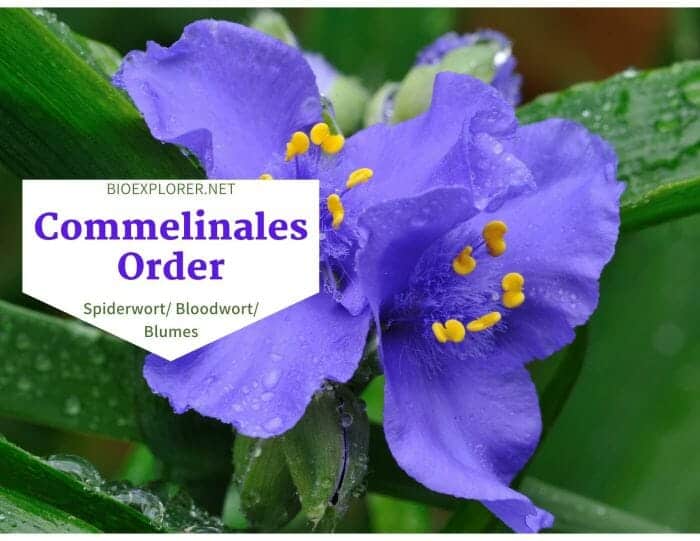
The plant order Commelinales is the highly diverse group of APG IV classification systems (Angiospermic Phylogeny Group). This large group of flowering plants has more than 880 species and 70 Genera[1]. Commelinales order includes flowering plants of all categories (Ornamental, edible, medicinal, herbs, and shrubs).
The most common and useful plants which represent the value of Commelinales are its ornamental plants[2] which are primarily grown in houses and outdoors, including Kanagroo paws, water hyacinth, and some edible and medicinal cultivars[3] of bloodworts and Pickerel-weed plants.
Table of Contents
Commelinales Distribution
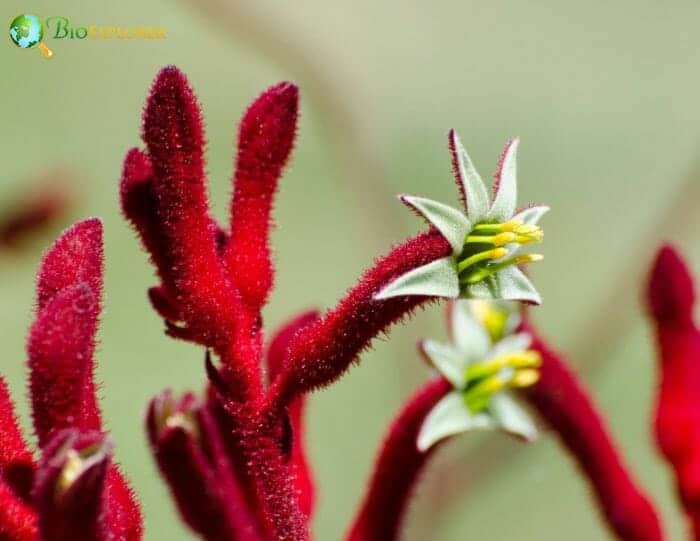
Plant order Commelinales is highly famous for its enormous diversity, Phylogenetic relations in the various habitats.
Some plant varieties are native to AustraliaKangroo Paws (Anigozanthos). Some of the varieties are native to Brazil’s Waters hyacinth (Eichhornia crassipes). At the same time, other species are present in America, South Africa, and Asian regions (Tropical and subtropical).
![]()
Commelinales Families
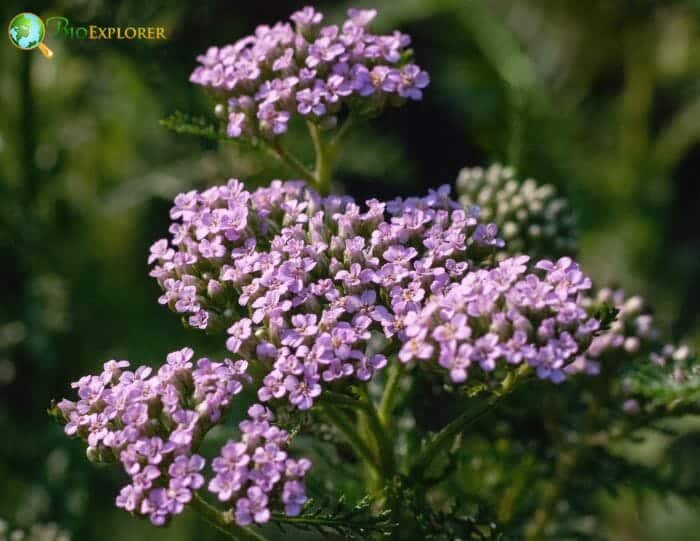
This massive group of Angiospermic flowering plants consists of five families namely:
- Commelinaceae/Spiderworts
- Haemodoraceae/Bloodworts
- Hanguanaceae/Blumes
- Philydraceae/Frogmouth and wolly waterlilies.
- Pontederiaceae/Pickerel-weed Plants
![]()
Commelinales Characteristics
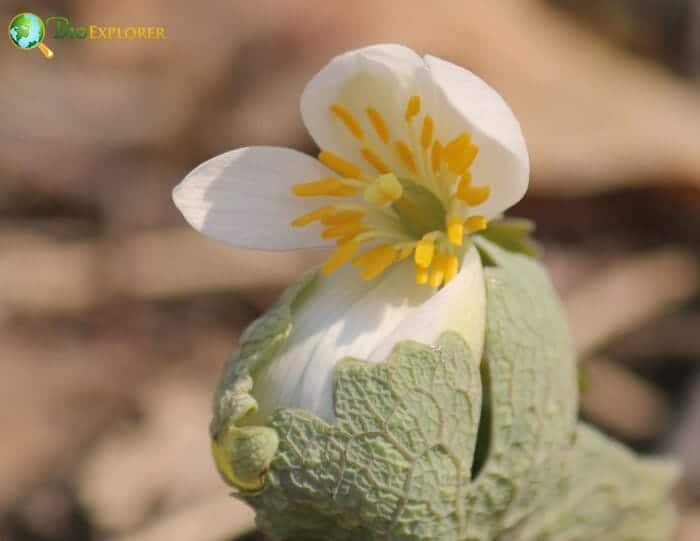
- Plant type: Annual, perennial, biennial, and herbaceous (die at the end of the growing season).
- Roots: The root system can be fibrous roots, adventitious, and some are epiphytes, (i.e., having epiphytic roots).
- Stem: Nodes are present in most of the species.
- Leaves: Simple, Compound, Alternate, having closed sheath present on the leaves.
- Flowers and inflorescence: Bisexual, Unisexual type of flowers having bright and attractive colors and inflorescence formed in the order of cymes and panicles, and racemose.
- Sepals and Petals: Both sepals and petals are three to five in number and sometimes vary in number.
- Stamens and Carpels: Stamens are 6, filaments are both glabrous and hairy, while anthers are longitudinal, 3 carpels with 1-3 locules are present.
- Ovary and Fruit: Ovary is mostly superior, forms 2-3 locules (formation of more than one fruit); each locule of the ovary develops one fruit in the form of a capsule.
- Seeds: Arillate seed (fleshy and usually bright-colored cover) having copious endospermWhat is endosperm?An embryonic nutritive tissue formed during double fertilization by the fusion of a sperm with the polar nuclei. (partly reabsorbed food storage enclosed in a cavity around it).
![]()
Advanced Characteristics of Commelinales
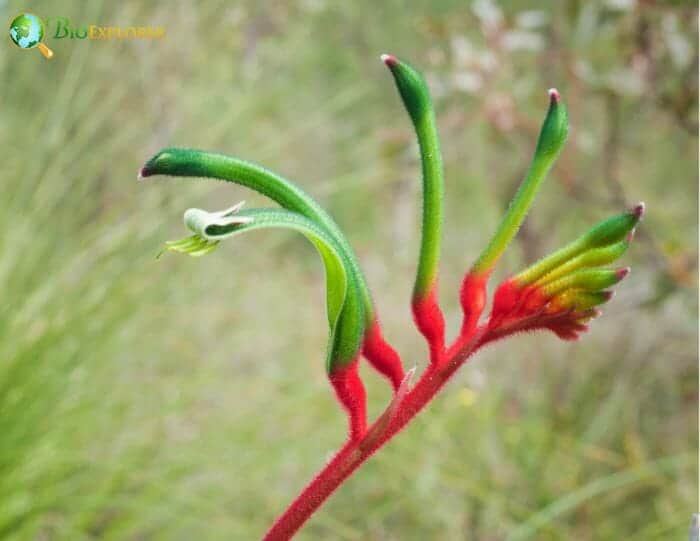
- Medicinal: Some of the plants have antifungal, antitumor, and bacterial properties due to the presence of pigment red in color, i.e., Haemodorum corymbosum. .
- Food: Some of the species are edible provide food to mankind (Leaves of Commelina Cyanea).
- Ornamental: Some are ornamental grown indoors and outdoors (Spiderworts and Kangroo Paws).
- Genetic Resemblance: Most phylogenetic and molecular-based studies showed their resemblance with the ginger plant order Zingiberales, including cardamom.
![]()
Commelinales Families Characteristics
Commelinaceae Characteristics
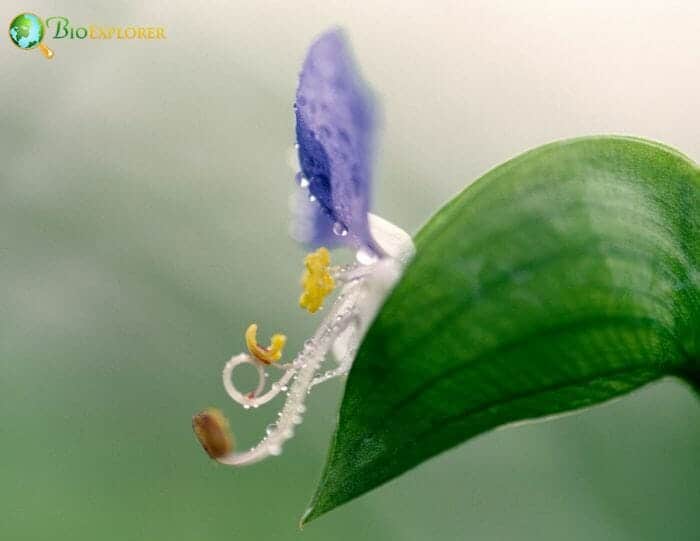
Commelinaceae is the exceptional large family of the Commelinales, consisting of a huge number of plants with 731 species and 41 genera[4] with a wide range of economic importance. The flowers of this family are commonly known as Dayflower and Spiderworts. Commelinaceae is highly distributed in tropical and sub-temperate regions of the world.
Distinctive Feature: The essential characteristics which differentiate them from other families of the same plant order is that:
- They have closed sheath-based flowers. Some flowers of this family have 3-celled glandular micro hairs. They have staminodes present and fertile stamens which cause the reduced anterior petal (Dimorphism), e.g., Commelina sp.
- In some species, Condition Apomorphy is used to be found (which is any kind of unique trait), e.g., Dichorisandra reginaeand Cyanotis somaliensis.
![]()
Haemodoraceae Characteristics
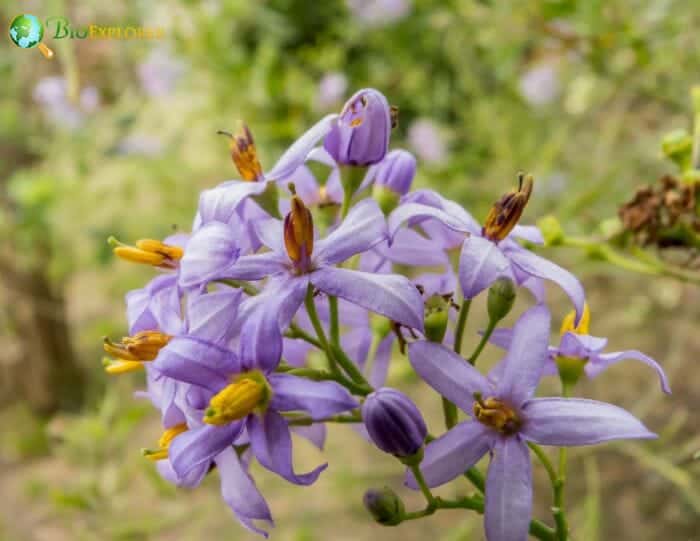
Haemodoraceae is another diverse group of plants due to the red blood-like pigment present in the roots and rootstocks. This family has 115 species and 13-16 genera[5]. The flowers of this family are commonly known as Bloodwort. The species of this family are widely distributed in Australia, Mexico, Central America, and North America.
Distinctive Feature: The most characteristic feature of this family that separates them from other families of the same plant order are:
- They have red-color blood-like pigment present due to arylphenalenone in the roots, which makes the flower attractive (Haemodorum laxum, Haemodorum corymbosum).
- They have unifacial leaves and variable flowers (Xiphidium caeruleum).
- Some species of this family contain toxic weeds (Lachnanthes caroliniana).
![]()
Hanguanaceae Characteristics
The most controversial and unclear group of flowering plants is its striking similarities to the family Commelinaceae. This family contains only one genus, Hanguana malayana[6], and has many species.
The members of this family are native to Malaysia to Sri Lanka, and North Australia.
Distinctive Feature: The most valuable characteristics of this family which separates them from other families in the same plant order are:
They have lanceolate flowers, unisexual plants (Male and female individual plants), the presence of a sessile or rudimentary ovary, and fruit formed as a drupe.
![]()
Philydraceae Characteristics
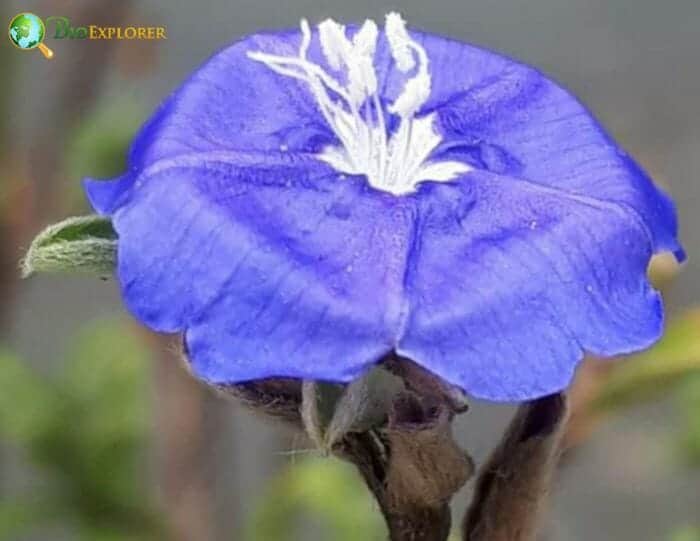
Philydraceae is another group of flowering plants with great diversity, commonly consisting of only 4 Genera and 5 Species[7] in Australia, Southeast Asia, and China.
Distinctive Feature:
- The plant type can be erect, and corm type with the cauline type leaves.
- The most unique feature is that they bi-nucleate pollen grains in the form of tetrads and monads.
![]()
Pontederiaceae Characteristics
Another vast and diverse group of plant family is famous for its weed varieties. It has 33 species and 2 genera, commonly known as the Pickerel-weed family.
The members of this family are highly distributed from tropical to a north temperate region like Africa, Asia, America.
Distinctive Feature: The most specific feature of this family which separates them from other families of the same order are:
- They have the dimorphic stamens present in some flowers and bifacial leaves.
- They have free-floating aquatic herb-type plants having simple, zygomorphic flowers.
![]()
Commelinales Example Species
Family Name: Commelinaceae.
- Dichorisandra reginae (Ornamental Cultivar).
- Cyanotis somaliensis (Ornamental Cultivar).
- Tradescantia hirsute (Ornamental and pollinator plant).
- Tradescantia virginiana (Medicinal, Pollinator and Ornamental[8]).
Family Name: Haemodoraceae
- Haemodorum spicatum (Edible and Medicinal)[9].
- Dilatris viscosa (Edible, Medicinal and Ornamental[10]).
- Dilatris corymbosa (Medicinal plant).
Family Name: Hanguanaceae
- Hanguana pantiensis (Ornamental and weedy plant).
- Hanguana stenopoda (Ornamental and weed plant).
- Hanguana exultans (Ornamental and weed plant[11]).
Family Name: Philydraceae
- Philydrum lanuginosum (Ornamental[12]).
- Helmholtzia glaberrima (Ornamental[13]).
Family Name: Pontederiaceae
- Pontederia crassipes (Ornamental, Weedy plant).
- Pontederia vaginalis (Medicinal, Edible and shrub[14]).
- Pontederia cordata (Edible)
![]()











